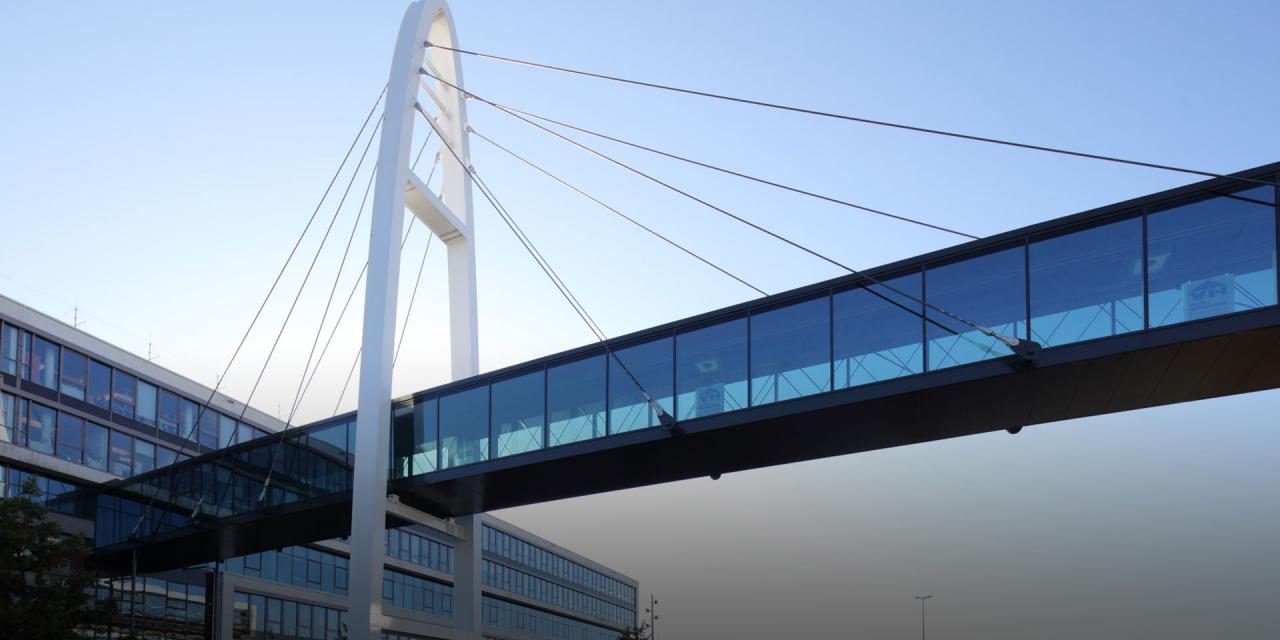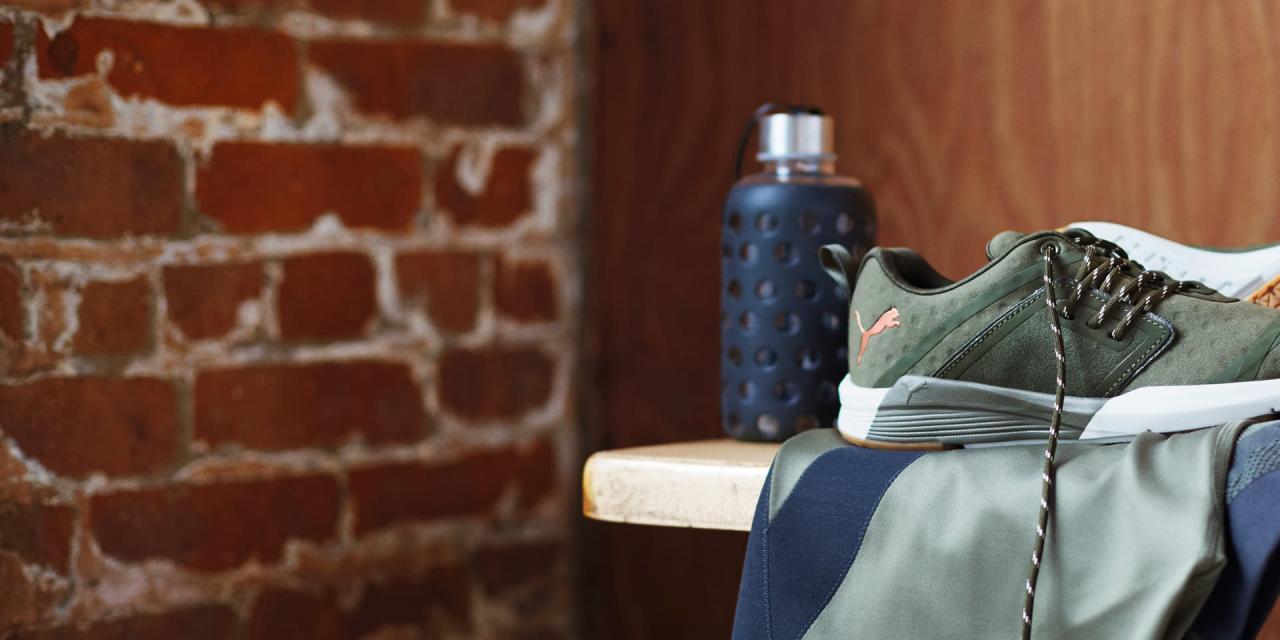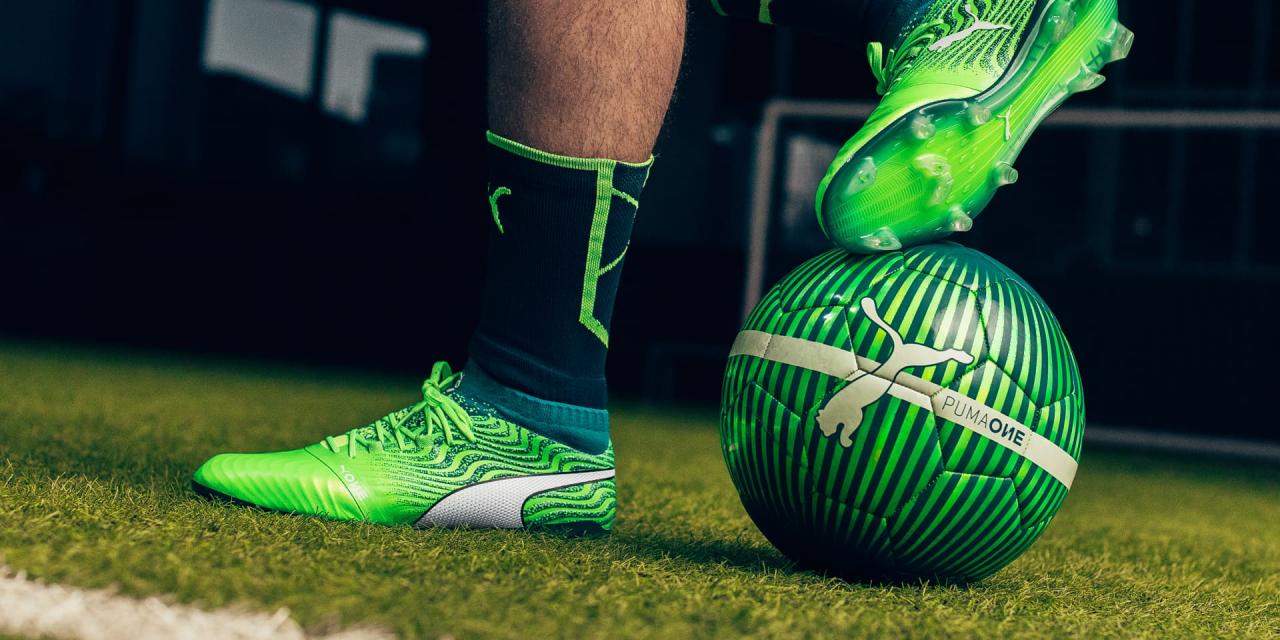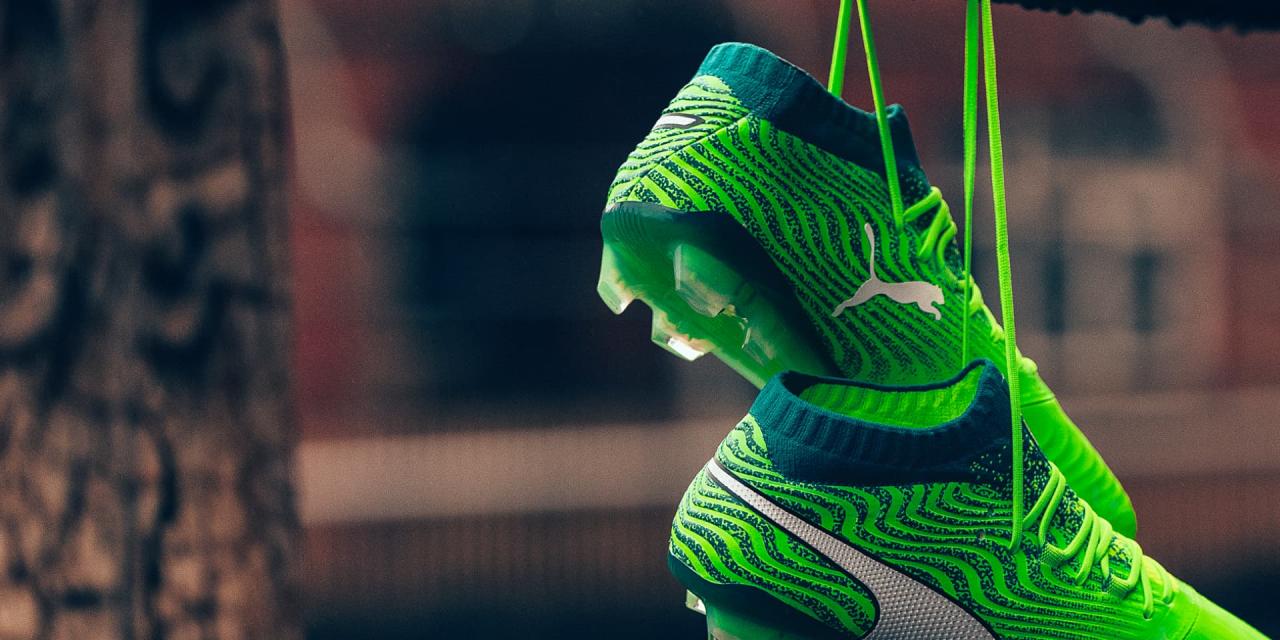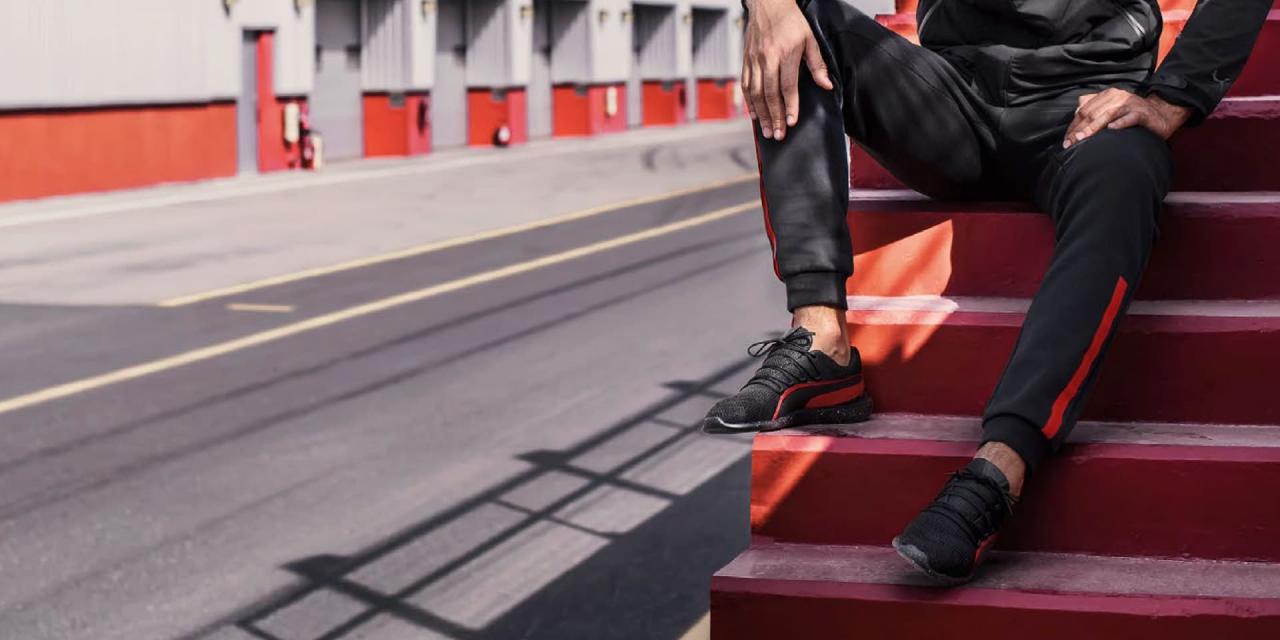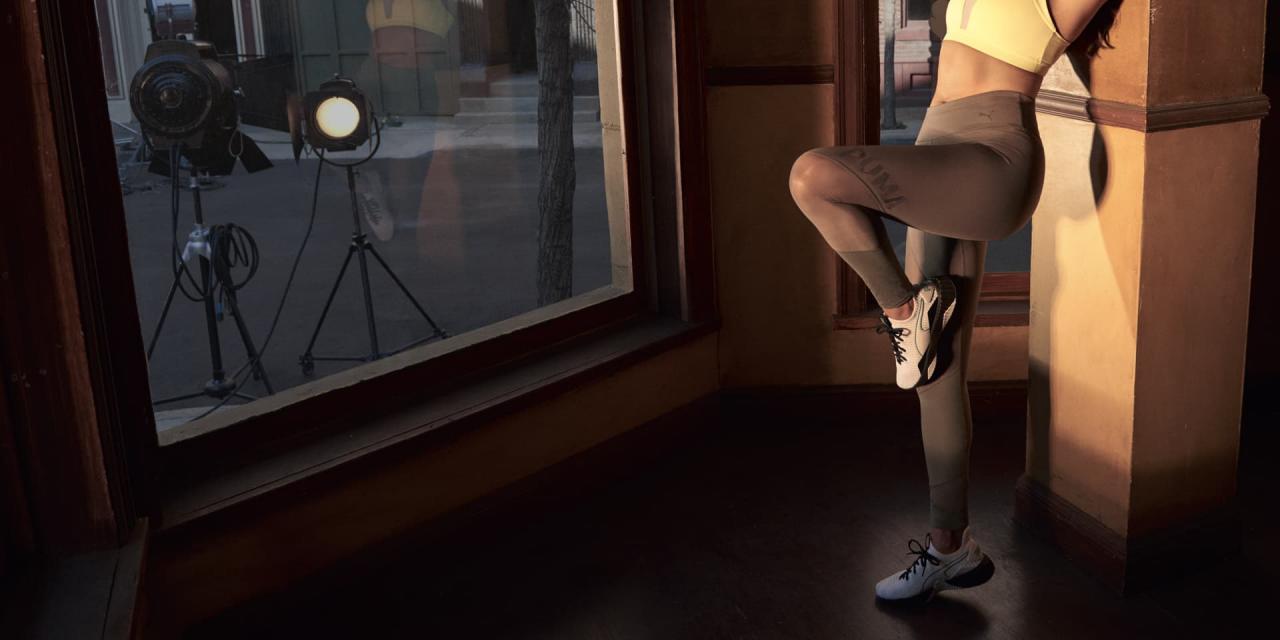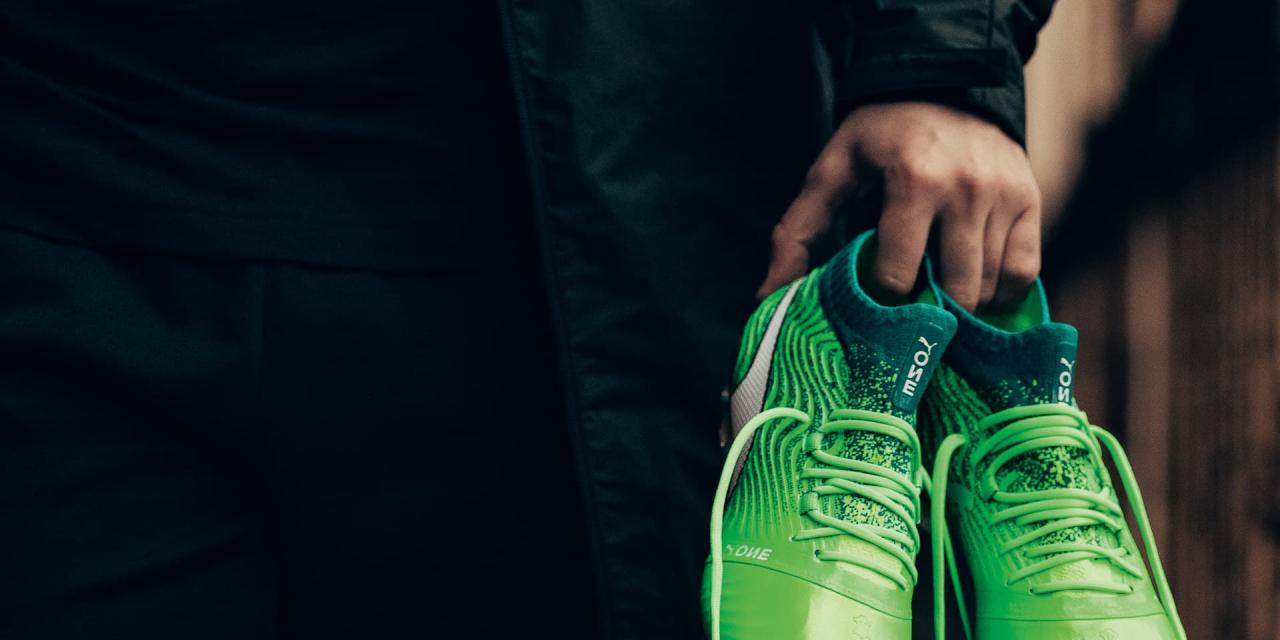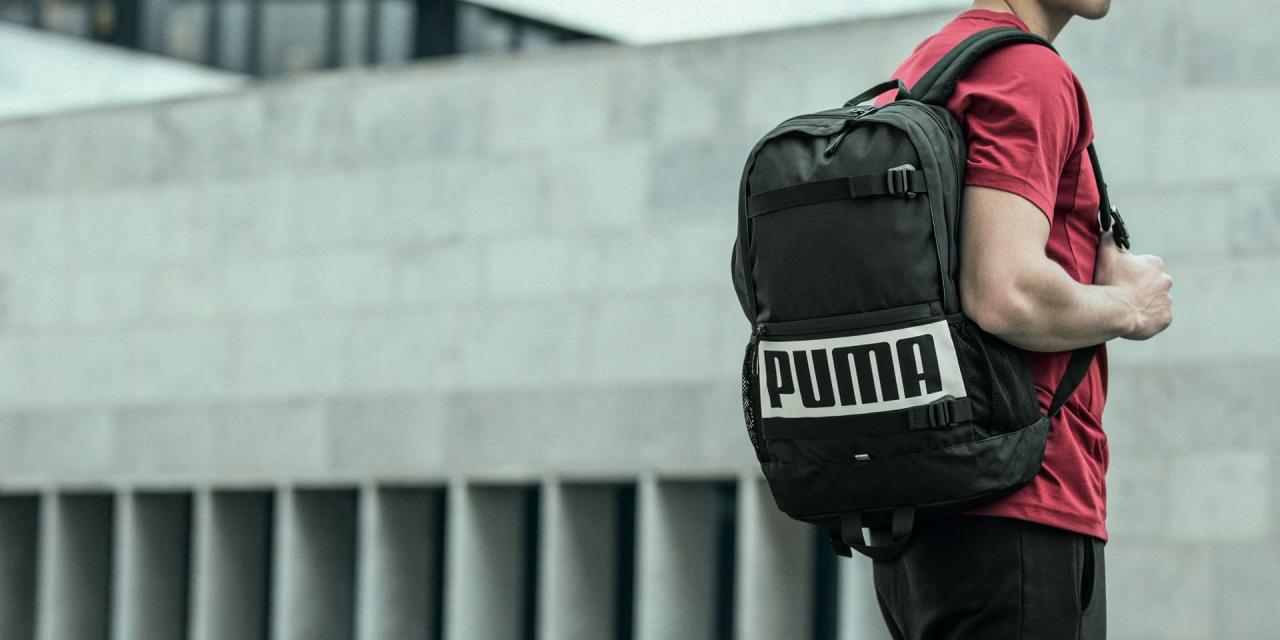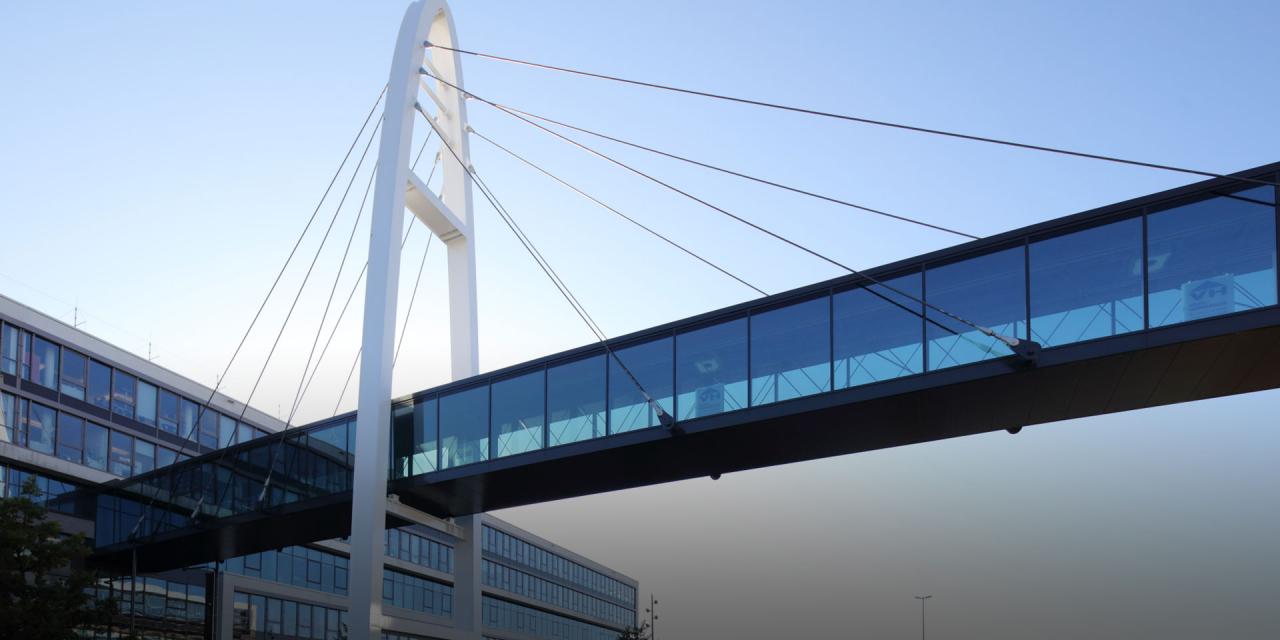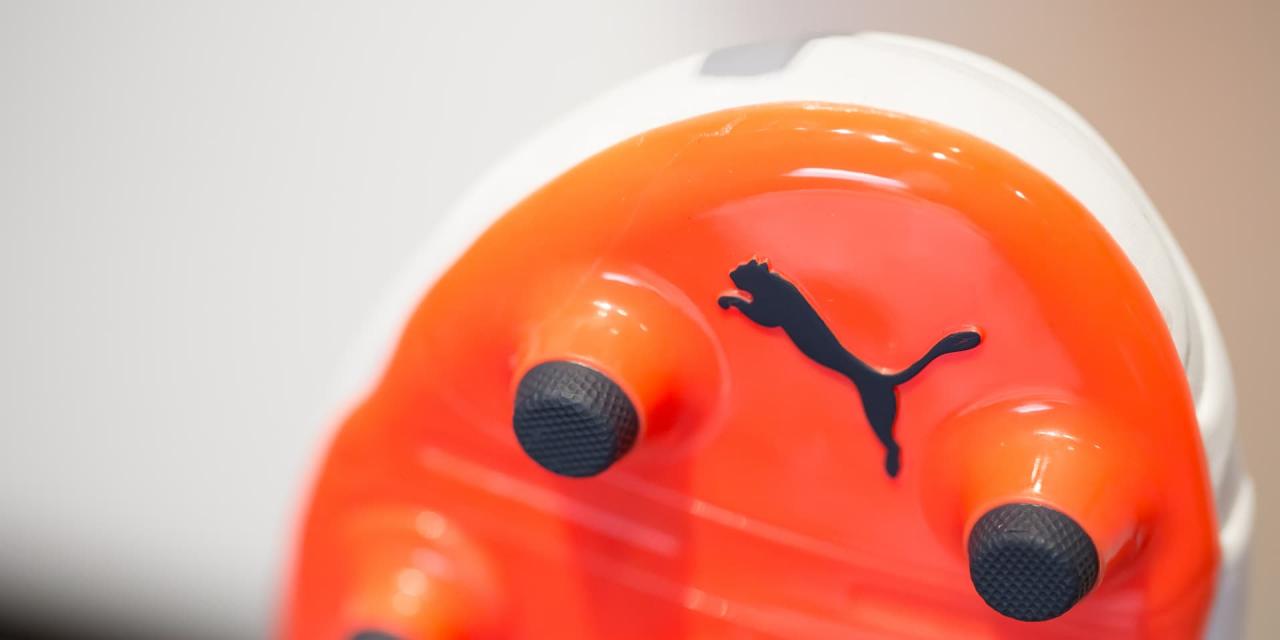Performance Second Quarter 2012
- Consolidated sales increase 11.8% in Euro terms
- Gross profit margin remains stable at 49.1%
- EBIT decreases by 15.0% to € 47.1 million
- Net earnings decline by 29.2% to € 26.7 million
- EPS down from € 2.51 to € 1.78
- Scope of Transformation Program will be expanded
Performance First Six Months of 2012
-
Consolidated sales grow 8.8% in Euro terms
- Gross profit margin softens to 50.2%
- EBIT reduced by 10.4% to € 149.1 million
- Net earnings decline by 12.8% to € 100.6 million
- EPS falls from € 7.69 to € 6.72
Outlook for the Financial Year 2012
-
PUMA’s Management has revised its previous guidance for 2012 net sales growth from a high-single digit to a mid-single digit rate.
-
Transformation Program to be extended, resulting in one-time costs of up to € 100 million.
-
Management expects annual net earnings to decrease significantly after posting € 230.1 million of net earnings last year due to the aforementioned one-time expenses.
“Despite the poor consumer sentiment and challenging business environment particularly in Europe, PUMA achieved respectable sales growth in the second quarter and first half of this year,” said Franz Koch, CEO of PUMA SE. “However, pressure on gross profit margins and further strategic investments related to our ‘Back on the Attack’ plan in combination with a weakening European business impacted second quarter net earnings. We have therefore taken measures to secure sustainable and profitable growth by broadening the scope of our Transformation Program. This program is designed to reduce complexity and establish a more efficient business model, operating on a leaner cost base.”
Americas region and Accessories segment support PUMA’s second quarter sales growth
Net earnings weaker than expected
Sales Performance by Segment
PUMA’s second quarter consolidated sales grew by 11.8% in Euro terms and by 6.0% currency adjusted to € 752.9 million. Whereas Footwear sales were flat currency adjusted at € 370.9 million, with Teamsport and Running balancing the softening sales in the Motorsport and Fitness categories, Apparel sales increased by 7.9% to € 256.4 million, fueled in part by higher demand for fan wear in the Teamsport category on the back of EURO 2012. Accessories jumped by 24.3% to € 125.6 million with strong results in all regions for our Cobra Golf products and our socks business.
In PUMA’s Sportlifestyle business, the Archive Lite, an ultra-light shoe with a contemporary look that derives from the Suede and has been fused with performance technology such as the FAAS Foam and mash, continued to resonate well with consumers.
Over the first half of this year, consolidated sales improved by 8.8% in Euro terms or by 5.1% currency adjusted to € 1.57 billion. Footwear sales slowed down 1.2% currency adjusted. Apparel sales were up 8.0% currency adjusted and Accessories rose 21.5% currency adjusted, with Cobra Golf and the new Accessories joint venture in the US continuing to deliver excellent results.
Sales Performance by Region
Growth continues in the Americas and Asia
In regional terms, PUMA continued its excellent performance in the Americas with sales growing by 15.0% currency adjusted to € 278.7 million in the second quarter. Asia/Pacific posted a gain of 8.6% to € 190.6 million. Sales in EMEA declined by 3.0% to € 283.6 million, due to the difficult market environment in Europe and the weaker performance of the footwear category.
Half-year sales in the Americas rose strongly by 11.8% currency adjusted with good results across nearly all major markets. Asia/Pacific increased by 9.4% currency adjusted, supported by excellent numbers from India and Japan, while EMEA sales were down 2.1% currency adjusted with most markets not performing at the expected level, although Spain and Germany returned satisfying figures.
Sales Performance Retail
Retail posts solid growth
PUMA’s retail operations continue to provide solid growth. Second quarter retail sales were € 150 million, 22.3% ahead of last year’s € 122 million, representing 19.9% of total sales. From January to June, retail sales were up 19% from € 228 million to € 272 million, delivering 17.3% of total sales. Increased volumes at existing stores, new store openings as well as continued growth in our e-commerce business were responsible for this positive development.
Margins, Expenses and Profitability
Gross Profit Margin remains steady in Q2, but falls in H1
PUMA was mostly able to allay the effects of continued input price pressures in the second quarter. The gross profit margin stayed flat at 49.1% in the second quarter of 2012, supported by a favorable hedging impact compared to last year. However, the expected slight increase in margin did not materialize and we were therefore not able to offset higher input cost and margin pressure. Footwear rose slightly from 48.1% to 48.3% and Apparel improved from 48.9% to 49.4%. Accessories, however, fell back from 53.3% to 51.1% compared to 2011.
On a half year basis, the gross profit margin declined 70 basis points from 50.9% to 50.2%. Footwear fell from 49.8% to 48.9%. Apparel rose marginally from 51.4% to 51.5% while Accessories moved lower from 53.7% to 51.5% due to increased golf club business, which carries lower margins.
Operating Expenses increase
Second quarter operating expenses continued to rise as set out in our growth strategy. OPEX rose by 17.0% to € 327.4 million in the second quarter of the year compared to € 279.9 million last year. Increased expenditures were necessary to support the Euro-Cup in Poland and Ukraine and first initiatives for the Olympics in London, while at the same time PUMA has been extending RD&D resources and initiatives in order to strengthen the company’s product pipeline. In addition, PUMA’s increased number of retail stores, currency impacts and the extended scope of consolidation were responsible for a considerable portion of this increase.
For the first half of 2012, OPEX rose by 12.3% or € 71.4 million from € 578.5 million to € 649.9 million, impacted by the same factors as the second quarter figures. In addition, higher costs incurred to build up the groundwork of the Transformation Program, such as standardized ERP-IT-systems and the regional supply chain initiative.
EBIT declines due to lower than expected sales and higher expenses
Operating profit declined by 15.0% to € 47.1 million during the second quarter of 2012. On a half-year basis EBIT fell by 10.4% to € 149.1 million, which represents an EBIT margin of 9.5%.
Financial Result
The financial result declined from € -1.6 million to € -3.7 million due mainly to negative currency developments. Similarly, for the year to date, the financial result moved down from € -1.8 million to € -2.7 million.
Earnings before Taxes
PUMA’s second quarter EBT was down 19.4% to € 43.3 million. The quarterly tax ratio increased from 30.0% to 33.8%.
EBT also fell for the first half of the year from € 164.6 million to € 146.4 million, representing a drop of 11.0%. However, the company reported an improved tax rate of 29.1% compared to last year’s 30.0%.
Net Earnings decline
As a consequence of lower than expected gross profit and increased expenses, consolidated net earnings decreased by 29.2% to € 26.7 million, coming in weaker than Management had anticipated. Earnings per share fell by 29.0% to € 1.78.
For the first half of 2012, net earnings weakened by 12.8% to € 100.6 million and EPS decreased by 12.6% to € 6.72.
Net Assets and Financial Position
Equity
Total assets as of June 30, 2012 grew by 10.1% from € 2,343 million to € 2,580 million, mainly due to an increase in inventories. The equity ratio improved strongly from 59.4% to 65.7% when compared to the second quarter of 2011. In absolute figures, shareholders’ equity increased by 21.8% from € 1,392 million to € 1,696 million.
Working Capital related Assets and Liabilities
Looking at assets, inventories rose by 26.1% currency adjusted or 32.3% in Euro terms to € 672.3 million. This is mainly due to the continuing expansion of PUMA’s retail store network and higher average prices per unit on stock. Trade receivables also increased by 7.0% currency adjusted or 11.6% in Euro terms to € 582.7 million, broadly in line with sales growth. On the liabilities side, trade payables increased by 10.4% to € 469.5 million.
Cashflow/ CAPEX
The Free Cashflow (before acquisitions) came in at € -57 million compared to € -9 million for the same period in 2011, with the outflows consisting mostly of working capital increases. The payments for acquisitions relate to the purchase of the outstanding Dobotex shares, effected on January 1, 2012.CAPEX increased by 17.1% to € 34 million and continued for the most part to be related to investments aligned with “Back on the Attack”, such as supply chain initiatives and IT projects.
Cash Position
The total cash position as of June 30, 2012 was reduced by 19.8% from € 352 million to € 282 million, affected by the purchase of the remaining Dobotex shares. Including bank debts, the net cash position decreased 26.6% from € 321 million to € 236 million.
PUMA’s Transformation Program aiming at optimizing Business Model and improving Cost Structure
Given the challenges in its European business, coupled with increasing pressure on gross profit margins and the need for continued strategic investments into brand, product and the company’s structure, PUMA’s management has decided to accelerate the Transformation Program, which began in 2011 under the aegis of the company’s five-year growth plan.
This program aims to reduce complexity, increase operational efficiencies, and streamline the company’s cost bases. At the core of the program is the setup of a new regional business model which will initially be rolled out in Europe and will then be extended to the remaining regions.
The European setup will be simplified by consolidating the number of organizational entities within Europe from 23 countries to seven areas. Areas are groupings of countries where operations and back-office functions will be further centralized while each of the individual countries will maintain their commercial functions to enable a stronger focus on the end-consumer.
Another key component of the new regional business model is the establishment of a fully regionalized supply chain, which will significantly improve order management, inventory levels and turns, as well as production flows on the sourcing side. In order to enable and benefit from these new processes, PUMA has decided to roll out a globally harmonized IT systems landscape.
The extended scope of PUMA’s Transformation Program includes the continued optimization of PUMA’s retail portfolio mainly in Europe and North America. PUMA’s retail strategy consists of the selective adding of new stores in profitable locations, particularly in Emerging Markets, while closing those that are underperforming.
In addition, PUMA will further simplify its product portfolio by significantly reducing the overall number of articles developed. In line with the new regional business model, PUMA will develop strong global and regional collections while trimming collections that are created for specific local markets. Furthermore, collaboration and endorsement contracts that are either not viable or in line with PUMA’s long-term strategy will be terminated.
In addition to the above laid-out measures, PUMA will further improve the company’s cost structure by streamlining its global and regional organization setups.
PUMA’s Management estimates that these actions will require one-time costs of up to € 100 million, which will ultimately result in higher cost efficiency and working capital improvements in the upcoming years.
Managing Directors
Klaus Bauer (57), Chief Operating Officer, informed the Administrative Board that he is not planning to extend his current contract beyond 2012 due to his personal life planning. Michael Lämmermann (50), General Manager Finance, will take on the position of Chief Financial Officer, effective January 1, 2013 and will also be responsible for Legal in addition to Finance.
Klaus Bauer joined PUMA in 1989 and became a member of the Board of Management in 2009. As Chief Operating Officer, Klaus Bauer is responsible for Finance, Legal, Human Resources, IT, Logistics and Operations. He will remain in charge of his duties until he leaves the company at the end of the year, hence ensuring a smooth transition and hand-over to both Michael Lämmermann and the successor as COO, who will be announced at a later date.
Michael Lämmermann joined PUMA in 1993 and became the Director of Controlling in 1998. He was then promoted to Chief Financial Officer and Chief Operating Officer of PUMA North America, based in Westford, USA, a role he filled for 10 years, before returning to Germany to take up his current role as General Manager Finance.
Antonio Bertone (39), Chief Marketing Officer, will also be leaving the company at the end of 2012 to pursue other career opportunities after 18 years with PUMA. Antonio Bertone will continue to work for PUMA as a consultant on a project basis, providing his skills and expertise in managing global brand and marketing initiatives to PUMA. As Chief Marketing Officer, he oversees PUMA’s global brand management and will also remain in charge of his duties until the end of the year. His successor will be announced at a later date. Antonio Bertone had been a deputy member of PUMA AG´s Board of Management since 2008.
Outlook for the Financial Year 2012
The above laid-out one-time costs of up to € 100 million will be booked in the second half of 2012.
Management expects PUMA’s sales in the upcoming two quarters to grow, albeit at a reduced pace due to the increasingly difficult macro-economic environment and high levels of inventory in the markets.
The Management therefore revises its previous guidance for PUMA’s 2012 net sales growth from a high-single digit to a mid-single digit rate and expects annual Net Earnings to decrease significantly from the € 230.1 million posted last year, impacted by the aforementioned one-off expenses.
